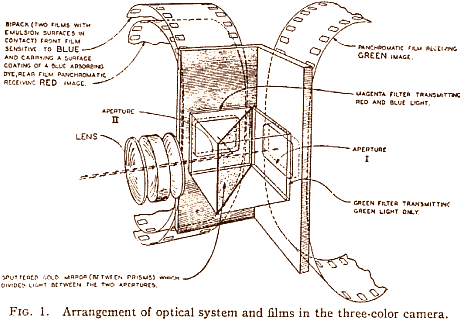

Whilst certain people really showed a knack at using Technicolor’s amazing palette and produced more than one stunning example in the process, I decided to highlight only one of their films when this was the case and to simply add the other titles as further recommendations to the description of that film. Whilst both Victor Fleming and Stanley Donen appear twice on the list (as these entries were not exclusively directed by them but are accredited to either various directors or co-directing duties), I have tried to avoid including various entries from the same filmmakers.

Whilst many films were produced using this process, the list focuses on either on genuine cinematic masterpieces or films which simply stand out due to their exceptional use of color and the process. The films on this list focus only on the fourth “Three-Strip” process, known for its eye-popping and heavily saturated colors. Seeing the enormous potential, Disney immediately negotiated an exclusive deal with Technicolor, which meant that from 1932 to 1935 they were the only studio allowed to use the new “three-strip” process, resulting in an explosion of Technicolor animated shorts during these years.īy 1935, the first full-color full-feature length film which used the process was released (RKO’s Becky Sharp) and when Walt Disney’s full-length animated feature Snow White and the Seven Dwarfs became the highest grossing film of 1938, Technicolor started its true rise to dominance in the color film industry and would remain there until the late fifties when competing systems like Eastmancolor by Kodak made color stock easier to develop and process. “Three-Strip” Technicolor, the first full-color variant) was introduced by a Walt Disney’s Silly Symphony called Flowers & Trees in 1932. The process was the world’s second color process when it was invented in 1916, after Kinemacolor had first hit England back in 1908.įrom its introduction to the mid-fifties, Technicolor was the most widely used color process in Hollywood although the first three incarnations of the process, from 1916 to 1932, were based on a two color system only, until the fourth incarnation of the process (i.e.


 0 kommentar(er)
0 kommentar(er)
